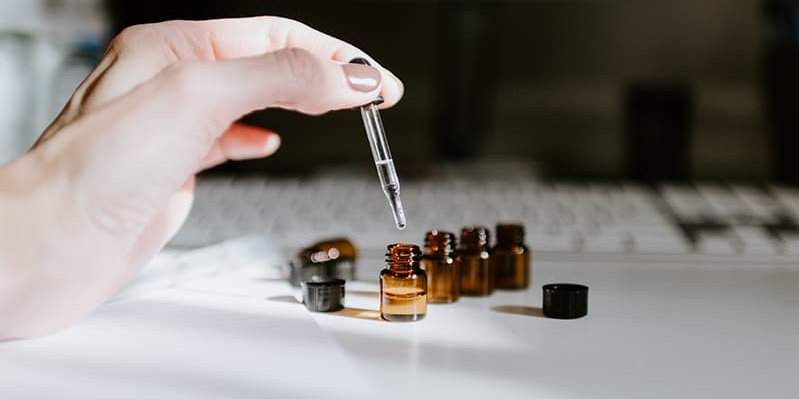
Today at the Craft Brewers Conference, NZ Hops and Totally Natural Solutions are debuting the first hop oil extracts made with New Zealand hops for the North American market. Derived from whole cone hops, this new HopInspiration line offers an intriguing replacement for pellets in the post-fermentation stage of a brew.
More efficient hop usage is the name of the game in craft beer these days. With these highly concentrated hop oils, brewers are able to add all the aroma and flavor of traditional hop cones and pellets with added flexibility and consistency in each batch.
Hop oils also offer considerable savings on time and money by cutting down on the amount of product needed for the desired result as well as requiring less storage space. Oils also contain lower levels of staling aldehydes, allowing for longer and better stability, even against light, and have an even longer shelf life for unopened packages when properly stored.
The HopInspiration line comprises three types of products:
- HopBurst, consisting of single-variety hops oils, gives a burst of dry hop aroma for extremely hoppy beers.
- HopShot, made of customizable hop oil fractions and can be used as enhancement of whirlpool-derived aromas and flavors or as a late hop replacement. These can lend an array of notes from woody to spicy, floral or citrus.
- HopSensation oils are specific blends that allow for balance and give a dry hop flavor and aroma.
There are now seven varieties of NZ Hops Ltd. hop oil sources: Nectaron, Kohatu, Moutere, Rakau, Waimea, Wai-iti, and Taiheke.
What makes dry-hopping with oils a much more viable option than plant material?
For one, the oils derived from hops are more likely to be retained during the dry-hopping process than when pellets are used. The oil myrcene provides an impactful example. Even though it makes up the highest percentage of the oils found in hops, traditional hopping methods can leave the majority of these oils to waste away in spent hops, with as little as <1% finding its way into the beer.
As Scott Janish, author of The New IPA: Scientific Guide to Hop Aroma and Flavor and co-founder of Sapwood Cellars in Columbia, MD, puts it in his white paper on post-fermentation hop oils, “Now, I don’t want to brag, but I sent a beer (to a renowned U.S. hop chemist) to test it for various compounds… including myrcene. I had over 2.5 times more myrcene than the highest commercial beer tested in (a previous study conducted by the chemist).”
Besides bragging rights, this increases potential efficiency astronomically — and not just in the extraction of oils. Using oils as a dry hop replacement can reduce beer loss, which can make for significant savings as brews with high hop additions can see loss upwards of 20-30%, even before any potential yeast-derived losses. And, as ease and convenience go, unlike many hopping methods, with oils there’s no need for expensive equipment or laborious clean up.
How are they made exactly?
These essential oils are made using production techniques that include cold-press, steam distillation, supercritical CO2 extraction, and solvent extraction. The oils are highly condensed as a result and do not require a large dosage for most brews.
Generally, recommended dosing for lager/pale/lighter beer styles calls for starting at 10-20 g/hL and increasing as desired. For IPAs and hoppy styles, dose at 30-40 g/hL. Oils should be added post-fermentation and allowed a blending time of 2-4 hours.
Oils boast the added clean benefits of being free of nitrates, metals and pesticide residues. They are also vegan- and vegetarian-friendly.





Leave a Reply
You must be logged in to post a comment.